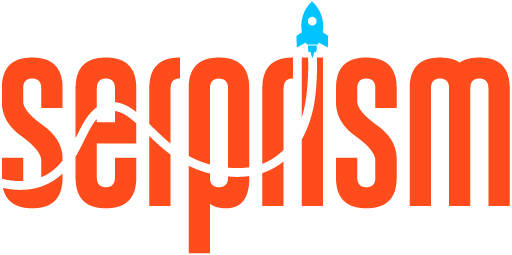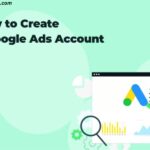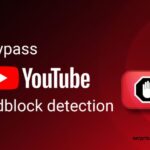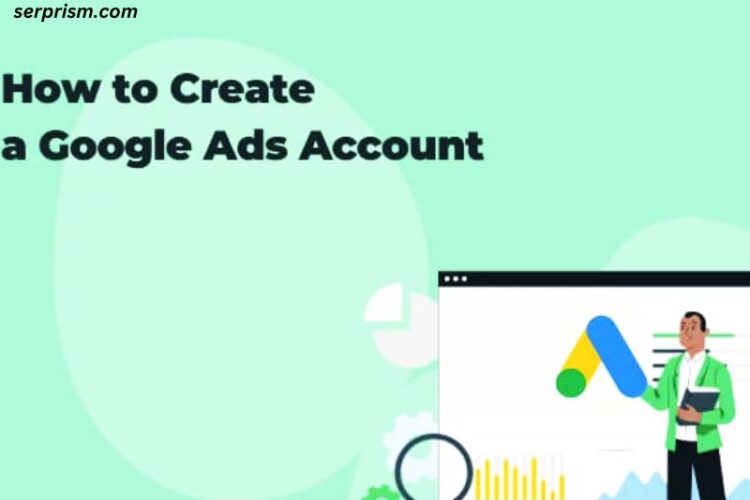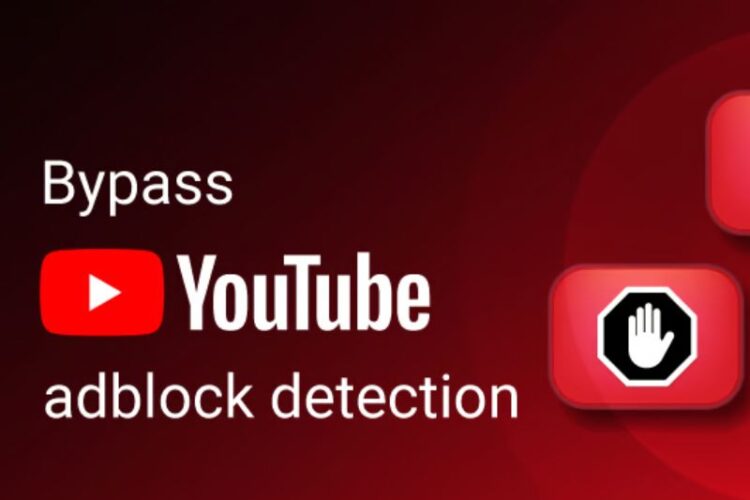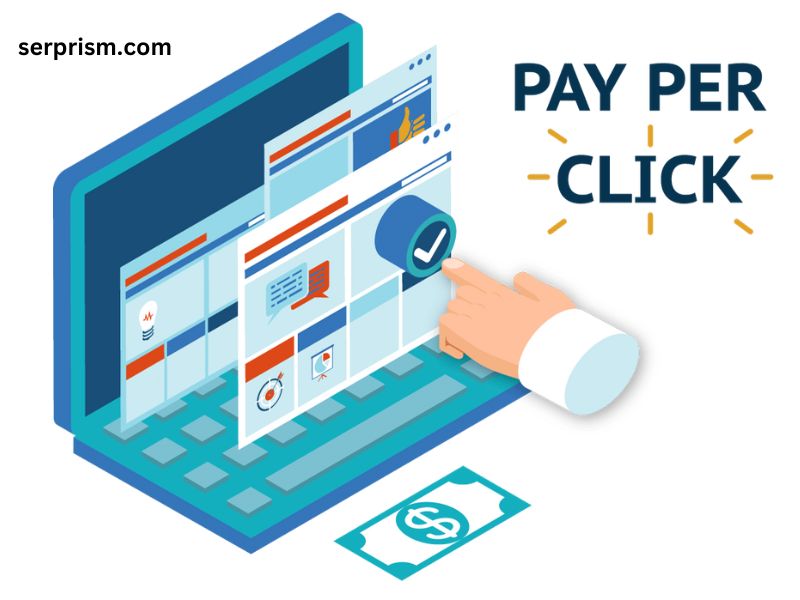
In the digital age, where visibility on the internet can make or break a business, Pay Per Click (PPC) advertising has become an indispensable tool for marketers. Among the various formats of PPC advertising, banner image ads stand out as a visually compelling method to attract potential customers. This article delves into the world of PPC banner image websites, exploring their significance, how they work, best practices, and tips for maximizing their effectiveness.
Understanding PPC Banner Image Websites
PPC Advertising: An Overview
PPC is a model of internet marketing where advertisers pay a fee each time one of their ads is clicked. Essentially, it’s a way of buying visits to your site, rather than attempting to “earn” those visits organically. Search engine advertising is one of the most popular forms of PPC, where advertisers bid for ad placement in a search engine’s sponsored links.
Banner Image Ads: A Visual Approach
Banner ads are a form of display advertising that use a combination of images, text, and sometimes even multimedia to promote a product, service, or brand. These ads are strategically placed on websites that attract the advertiser’s target audience. The banner image ad is a rectangular graphic display that stretches across the top, bottom, or sides of a webpage. Unlike text-based ads, banner ads focus on visual appeal and creativity to capture the viewer’s attention.
PPC Banner Image Websites: The Platform
PPC banner image websites refer to the platforms or websites that host these banner ads and operate on a pay-per-click model. These websites act as intermediaries between advertisers and publishers (the website owners). They provide the space for banner ads and charge advertisers based on the number of clicks their ads receive. This model benefits both the advertiser, who gets targeted exposure, and the publisher, who earns revenue from hosting the ad.
The Mechanics of PPC Banner Image Websites
Ad Auction and Bidding
PPC advertising operates on an auction-based system, where advertisers bid on specific keywords or placements. In the context of banner image ads, the bidding process typically revolves around the placement of the ad on high-traffic websites. Advertisers can choose between various pricing models, such as Cost Per Click (CPC), Cost Per Mille (CPM), or Cost Per Acquisition (CPA).
- CPC (Cost Per Click): The advertiser pays a predetermined amount every time the banner ad is clicked.
- CPM (Cost Per Mille): The advertiser pays for every thousand impressions, regardless of whether the ad is clicked.
- CPA (Cost Per Acquisition): The advertiser pays only when a specific action (like a purchase or sign-up) is completed after clicking the ad.
Targeting and Segmentation
One of the key advantages of PPC banner image websites is the ability to target specific audiences. These platforms offer advanced targeting options that allow advertisers to reach users based on demographics, interests, geographic location, and even behavior. This precision targeting increases the likelihood of reaching potential customers who are more likely to engage with the ad.
Ad Placement and Visibility
The placement of banner ads is crucial for their visibility and effectiveness. PPC banner image websites offer various ad placement options, including:
- Above the Fold: Ads placed at the top of the webpage, visible without scrolling. These placements typically have higher visibility and click-through rates (CTR).
- Sidebar: Ads placed on the sidebars of the webpage, offering visibility without being too intrusive.
- Below the Fold: Ads placed lower on the page, which may require scrolling to view. These placements are often less expensive but may also have lower CTR.
The success of a banner ad heavily depends on its visibility and relevance to the website’s content. Advertisers need to strategically choose where their ads appear to maximize engagement.
Designing Effective PPC Banner Ads
Visual Appeal and Creativity
The design of a banner ad is a critical factor in its success. The ad must be visually appealing to stand out amidst the clutter of online content. High-quality images, eye-catching colors, and a clear call to action (CTA) are essential components of a successful banner ad. The design should align with the brand’s identity while also being tailored to the preferences of the target audience.
Message Clarity
While visual elements draw attention, the message conveyed by the banner ad is what drives action. The text should be concise, compelling, and relevant to the audience. The CTA should be prominently displayed and should clearly indicate the desired action, whether it’s “Shop Now,” “Learn More,” or “Sign Up Today.”
Responsive Design
With the growing use of mobile devices, it’s crucial for banner ads to be responsive. PPC banner image websites often provide options for creating multiple versions of an ad optimized for different screen sizes. Ensuring that the ad looks good and functions well on all devices, from desktops to smartphones, is key to maximizing its reach.
Best Practices for PPC Banner Image Advertising
Testing and Optimization
Continuous testing and optimization are vital for improving the performance of PPC banner ads. A/B testing, where two versions of an ad are compared to see which performs better, is a common practice. Advertisers should experiment with different designs, messages, and placements to identify the most effective combinations. Regularly reviewing performance metrics such as CTR, conversion rate, and ROI helps in making data-driven decisions for optimization.
Ad Frequency and Retargeting
Ad frequency refers to how often the same user sees the ad. While repetition can reinforce brand awareness, overexposure can lead to ad fatigue, where users become annoyed and start ignoring the ad. PPC banner image websites often offer frequency capping options to control how many times an ad is shown to the same user.
Retargeting, on the other hand, is a powerful strategy that involves showing ads to users who have previously visited the advertiser’s website. This helps in re-engaging potential customers who may have shown interest but did not convert on their initial visit.
Budget Management
Effective budget management is crucial in PPC advertising. Advertisers need to set clear budget limits and allocate resources efficiently across different campaigns and ad placements. PPC banner image websites often provide budget management tools that help advertisers track spending and adjust bids based on performance.
Compliance with Guidelines
Most PPC banner image websites have strict guidelines regarding the content and design of ads. Advertisers must ensure their ads comply with these guidelines to avoid penalties or ad rejections. Common requirements include restrictions on misleading content, appropriate language, and adherence to privacy policies.
Challenges and Considerations
Ad Blockers
One of the significant challenges for PPC banner ads is the increasing use of ad blockers by internet users. Ad blockers can prevent banner ads from being displayed, reducing their reach and effectiveness. Advertisers need to be aware of this issue and consider alternative strategies, such as native advertising or content marketing, to complement their PPC efforts.
Banner Blindness
Banner blindness refers to the phenomenon where users consciously or subconsciously ignore banner ads due to their overuse on websites. To combat this, advertisers should focus on creating unique and engaging ads that break the mold of traditional banner designs. Personalized ads that resonate with the user’s interests and needs are more likely to overcome banner blindness.
Cost Considerations
While PPC banner ads can be cost-effective, the costs can quickly add up, especially in competitive industries. Advertisers need to carefully monitor their spending and ensure that their campaigns are delivering a positive return on investment (ROI). This may involve regularly adjusting bids, targeting, and ad placements based on performance data.
The Future of PPC Banner Image Websites
As technology continues to evolve, so too will the landscape of PPC banner image advertising. Artificial intelligence (AI) and machine learning are already being integrated into PPC platforms, offering more sophisticated targeting, automation, and optimization tools. These advancements will enable advertisers to create even more personalized and effective banner ads.
Additionally, the rise of programmatic advertising, where ad buying is automated through algorithms, is set to transform how banner ads are bought and sold. This approach allows for real-time bidding and more precise targeting, further enhancing the efficiency and effectiveness of PPC banner image websites.
Conclusion
PPC banner image websites offer a powerful platform for businesses to reach their target audiences through visually engaging ads. By understanding the mechanics of PPC advertising, leveraging best practices, and staying ahead of emerging trends, advertisers can maximize the impact of their banner ad campaigns. While challenges like ad blockers and banner blindness persist, the future of PPC banner image advertising looks promising, with new technologies paving the way for even more effective and innovative marketing strategies.
